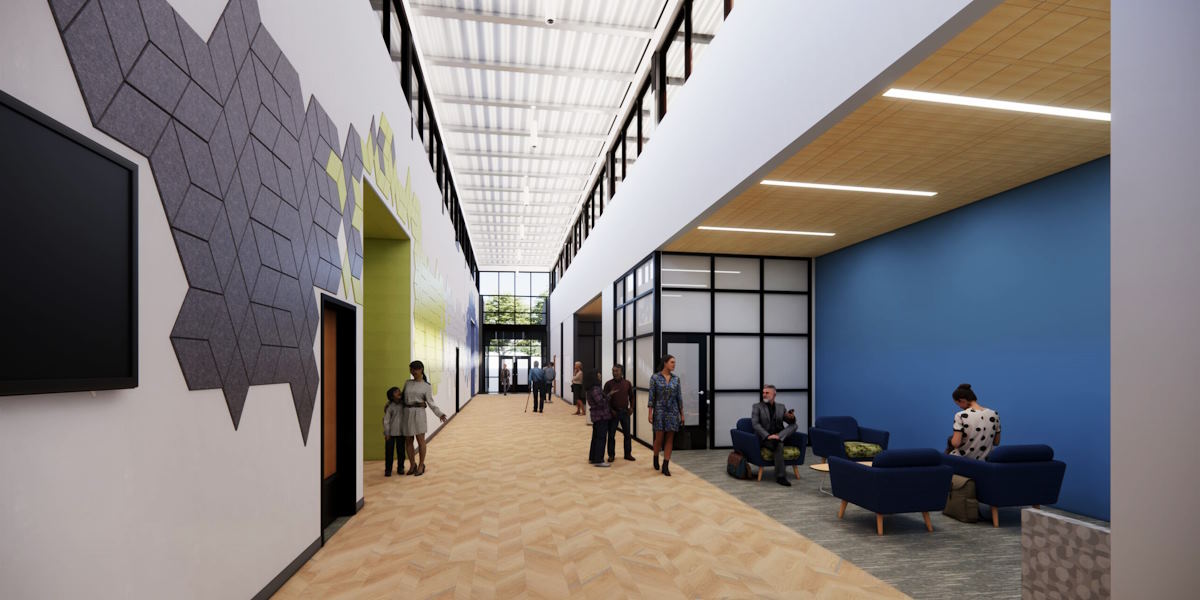Ever wonder how new architectural trends come to life? It’s not just a few creative ideas that get thrown together—it’s a collaborative effort built over time and shared at some of the world’s biggest design events. These gatherings aren’t just about displaying fancy models or futuristic concepts. They’re where architects, planners, and tech experts exchange ideas, experiment with materials, and even set the tone for sustainable and people-friendly designs. In many ways, design events are like architectural ‘labs,’ where the future of our cities and buildings gets tested and reimagined.
Design Events as a Catalyst for Innovation
When was the last time you marveled at a building or a public space? Perhaps it was a skyscraper with an unusual twist or a park with environmentally friendly features. More often than not, these projects didn’t start with a grand opening but rather with an idea showcased at a design event.
These gatherings, whether small and local or as grand as the Venice Biennale, have become incubators for innovation. Picture them as giant petri dishes where architects and designers bring ideas to life, test them, and see how they might impact the world. Events like the Milan Design Week, for instance, are filled with booths displaying new materials that are lighter, stronger, or more sustainable than ever before. These materials often become the building blocks of iconic architecture.
Take, for example, the surge of interest in biophilic design—an approach that integrates natural elements into architecture. At events, architects can showcase models that feature indoor greenery, open spaces, and natural lighting that blur the line between indoor and outdoor spaces. Attendees see these designs and feel their appeal. Over time, these ideas gain momentum, becoming part of real-world architecture that not only looks good but also enhances well-being.

A Platform for Collaboration and Networking
Design events aren’t just for admiring beautiful blueprints; they’re also powerful networking platforms. Imagine walking into a room filled with architects, designers, technology experts, urban planners, and environmentalists—all gathered in one space, exchanging ideas and perspectives. It’s a bit like a “think tank” in real life, where collaboration is the name of the game.
These gatherings provide architects and designers with the chance to meet people who can turn their ideas into reality. Say an architect has a vision for a sustainable skyscraper. By attending a design event, they may meet a technology expert who can introduce them to software that helps measure environmental impact or a materials scientist with a breakthrough in carbon-neutral concrete. Without these connections, the architect’s idea might remain just that—an idea. But through collaboration, what was once a sketch or a model can become a viable, groundbreaking project.
Think of design events as the “speed dating” of the architecture world. In just a few days, creatives connect with dozens of professionals, setting the foundation for partnerships that can last a lifetime. These collaborations lead to innovative buildings, new construction techniques, and creative solutions that shape our cities in ways we couldn’t have imagined just a decade ago.
A Green Shift: Emphasis on Sustainability
If you’ve noticed more eco-friendly buildings and green spaces popping up in your city, you’re not alone. The shift toward sustainable architecture is real, and design events are a big part of that change. More than ever, these gatherings emphasize environmentally friendly materials, energy-saving designs, and techniques that reduce waste and carbon emissions. Architects today don’t just want to create beautiful buildings—they want to leave a positive impact on the planet.
At events like Greenbuild or Eco Expo, for example, architects can see the latest in sustainable tech, from solar-powered windows to walls made from recycled materials. They also get to attend workshops and panels focused on sustainable design, where experts discuss what’s working and what’s next in green architecture. These discussions aren’t just theoretical. Many architects leave these events inspired, going on to incorporate eco-friendly elements in their projects, even if it means rethinking traditional practices.
And it’s not just the architects who are inspired—public officials, urban planners, and developers attend these events too. They see firsthand the benefits of green building and bring that knowledge back to their cities, pushing for policies that encourage sustainable construction. In this way, design events create a ripple effect, influencing not just individual buildings but entire communities.

Shaping Urban Development and Public Spaces
Cities aren’t just collections of buildings; they’re ecosystems, where design impacts how people move, interact, and experience life. Design events play a key role in this by offering a space for architects and urban planners to experiment with ideas for public spaces, transportation, and urban layouts.
Take pedestrian-friendly cities, for example. At events like the World Architecture Festival, you might see concepts for wide, shaded walkways, car-free zones, or bike-friendly roads. These ideas often start as theoretical models displayed at design events. But when city planners and officials attend, they can see the impact of these ideas up close. Many cities now are designing with pedestrians and cyclists in mind, creating vibrant public spaces that feel welcoming and accessible.
Consider how these public-friendly designs impact daily life. A well-planned public space—like a park or a plaza—offers more than just beauty. It creates a space for social interaction, relaxation, and community building. And, thanks to design events, architects and urban planners can get inspired, see what’s worked in other cities, and translate those concepts to their own projects.



 Shirley combines her love for photography and design to curate a blog that inspires creativity in every frame. From event planning ideas to capturing candid moments, she covers it all. Shirley’s artistic vision encourages her readers to find and celebrate beauty in both everyday and extraordinary occasions.
Shirley combines her love for photography and design to curate a blog that inspires creativity in every frame. From event planning ideas to capturing candid moments, she covers it all. Shirley’s artistic vision encourages her readers to find and celebrate beauty in both everyday and extraordinary occasions.